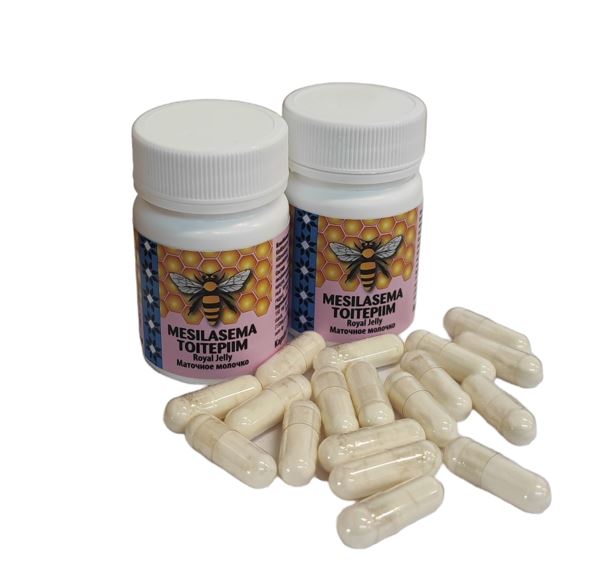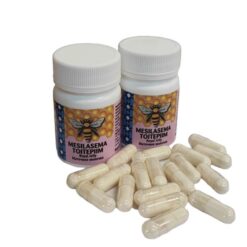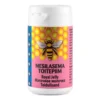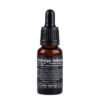Royal Jelly Capsules 150mg X 10 Capsules
€ 12.99
Ingredients: lyophilized Royal Jelly (150mg per capsule), bulking agent potato starch (150mg per capsule), capsule (gelatin)
The pack contains 10 capsules.
Food supplement. Do not use the supplement as a substitute for a varied diet. Keep out of reach of children. Do not exceed the recommended daily intake.
Made in Estonia – reliable quality and controlled ingredients
27 in stock
Fast shipping
We ship within 24 hours (except weekends)










